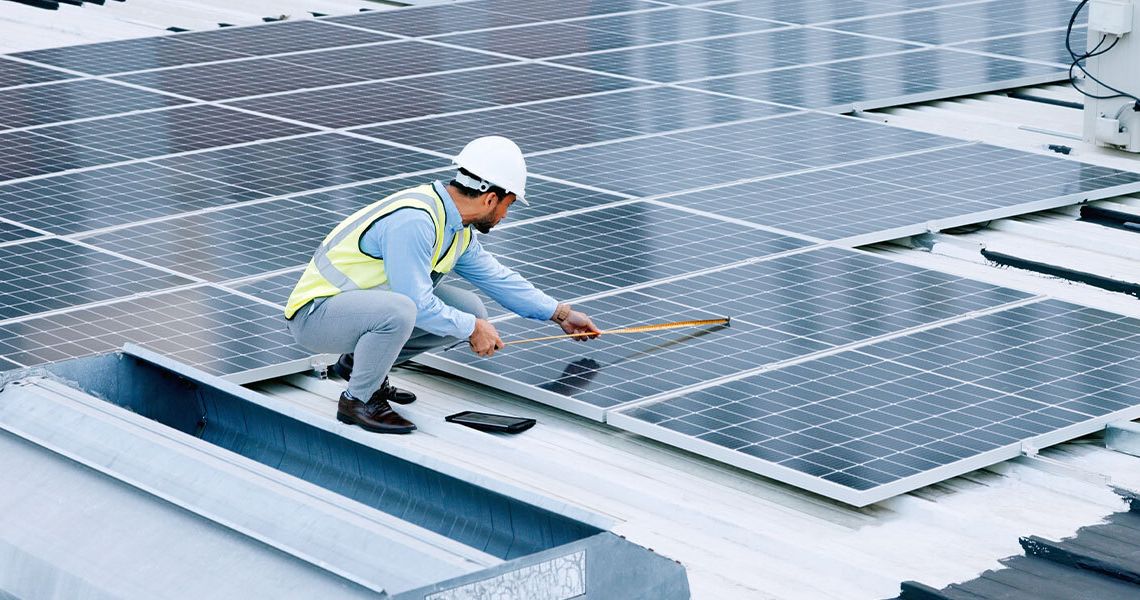Renewable energy and sustainable practices are on the rise. As more homeowners realize this, many are considering adding solar panels to their homes and businesses. Not all solar panels are equal. Below we’ve listed some of the top factors you should consider when choosing solar panels for Your home or business.
Types of solar panels
There are two main types of solar panels: monocrystalline and polycrystalline solar panels. Solar Panel systems are everywhere these days! However, there are different types. There are three main types of solar panels: monocrystalline, polycrystalline, and thin film panels. Then there is PERC․ Beyond the main distinctions, dozens of brands and versions of each type exist. Each one is attributed to different appearances, efficiency ratings, and price tags. In this article, we will stick to discussing the types of solar panels. If you are interested in deep-diving into individual products and brand variants, check out this article for the best solar panels on the market today.
Wattage is the amount of energy a solar panel can produce under ideal conditions. It’s important to know the wattage of a solar panel to help you determine what kind of panel to install and how many you’ll need. If you want to get the most power out of your system, consider choosing monocrystalline solar panels. The company engaged in solar panel production will provide you with the necessary products.

Monocrystalline solar panels
Today, monocrystalline solar panels are the most efficient panels on the market, often surpassing rates of 20%. Furthermore, how efficient a solar panel is is highly dependent on its manufacturer. Like all electronics, solar panels degrade a bit over time. Every year, the power output of a solar panel slowly decreases. There are many factors that contribute to solar panel degradation, but the most common is the weather. When choosing the right solar panels to install, it’s important to look at how quickly (or slowly) it degrades over time.
Polycrystalline solar panels
Each PV cell is made of multiple silicon crystal fragments that are melded together during manufacturing. You may see them called “multi-crystalline panels” or “poly panels.” Both types of solar panels have the same purpose: converting sunlight into electricity. However, the crystalline silicon structure of individual solar cells affects their performance and design. In fact, you can identify the type of panel by simply observing the shape and color of its solar cells.

Most efficient solar panels
If your goal is to have the most efficient solar panel, then monocrystalline is the right choice. While you will most likely pay more, monocrystalline panels can maximize your solar energy production. So if you have limited space or want to generate as much power as possible go with a PERC monocrystalline panel.
Monocrystalline vs. polycrystalline solar panels
Truly it depends on what you are looking for in a solar panel but monocrystalline solar panels are better because they boast higher efficiency ranges and better power capacity. They also tend to be more widely available solar panel types when looking at the best solar panel brands and options. Contact us, link to if You have any questions.
Conclusion
Choosing between monocrystalline and polycrystalline solar panels ultimately comes down to your specific needs and budget. Monocrystalline panels may be the best choice if you have limited space and want the highest efficiency possible. However, if you want a more affordable option, polycrystalline panels may be a good choice. Regardless of which type you choose, both monocrystalline and polycrystalline solar panels are excellent choices for generating clean, sustainable energy. So, time’s never been better to go solar.

